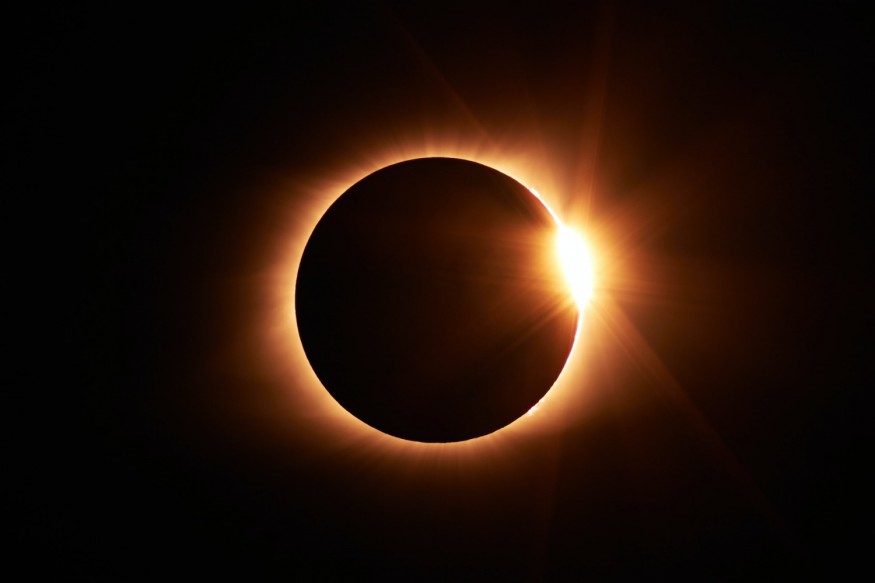The annular solar eclipse of 2023 will occur later this week and many will have the chance to witness the 'Ring of Fire' eclipse across the world's Western hemisphere, the Americas. Aside from astronomers, amateur skygazers and space enthusiasts can take a glimpse of the rare cosmic event on Saturday, October 14. In particular, the annular eclipse can be seen in North America, as well as in Central America and South America.
Solar eclipse transpires when our Solar System's Moon passes between the Sun and Earth. The upcoming space phenomenon is significant since it will be the first time to occur in North America after more than a decade. In the United States, the last annular solar eclipse was visible in the western part of the country back in May 2012. Regardless, the event can be viewed in a successive pattern across the continent instead of the exact same time.
2023 Annular Solar Eclipse

According to the National Aeronautics and Space Administration (NASA), the 2023 annular solar eclipse will be visible in some parts of the US, Mexico, and several countries in Central and South America. The rare celestial event will begin in Oregon at 9:13 a.m. PDT (local time) on Saturday and it will end in Texas at 12:03 p.m. CDT on the same day.
Although nothing beats viewing the annular eclipse first-hand, it can also be viewed (at least through online) by people in other parts of the world. This is possible through the US space agency's live YouTube stream of the event titled "The Ring of Fire: 2023 Annular Solar Eclipse" which is the official NASA broadcast of the October 14 eclipse.
Also Read: Ring of Fire Eclipse Appears From Oregon to Brazil on October 14, Here's How to Prepare for It
How to Safely Watch the Ring of Fire Phenomenon
The approaching Ring of Fire eclipse is expected to partially obscure the shape or image of the Sun from the visual perspective of the viewer on Earth. Still, NASA recently warned that during an annular eclipse, it is never safe to directly gaze at the Sun without using any specialized eye protection for solar viewing.
In previous yet related events, directly looking at the Sun has caused permanent damage to one's eyes due to exposure to its bright, radiating light. In this case, normal sunglasses will not help.
According to the American Astronomical Society (AAS), pinhole projection is a convenient method when it comes to safe viewing of the partially-eclipsed Sun. One of the common ways to make a pinhole projector is by making a small hole in a piece of card.
Yet, the AAS suggests that a pasta colander, a straw hat, a wall, or any material with small holes in it can serve as a pinhole projector. Furthermore, the organization also recommends that one can utilize optical projection when viewing a solar eclipse. The most common optical projectors are telescopes or binoculars.
© 2025 NatureWorldNews.com All rights reserved. Do not reproduce without permission.





